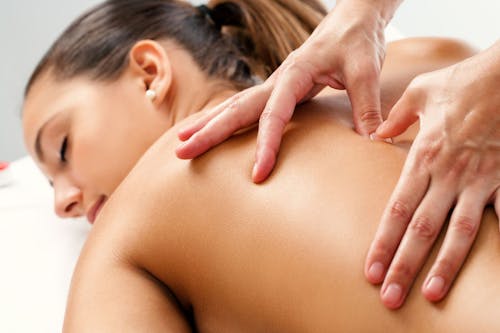If you have arthritis, then you know all about the difficulties it can present with moving and functioning in everyday life. However, what you may not know is that physical therapy will help you to find relief from the pain of your arthritis.
There is no cure for arthritis, but the onset of arthritis can be slowed down exponentially through the benefits of physical therapy. When you work one-on-one with a licensed physical therapist, you’ll feel less discomfort by following the exercises and strategies that they will give you.
Not sure if physical therapy is right for you? Keep reading to learn more about how this method of treatment can combat aches and pains caused by arthritis.
How common is arthritis pain in the US?
Arthritis is a condition that attacks the joints of the body by causing mass amounts of pain and inflammation. Physical therapy may help to restore the use of these joints and increase your ability to move about and participate in everyday activities.
According to the CDC “In the United States, 23% of all adults—over 54 million people—have arthritis. About 24 million adults are limited in their activities from arthritis, and more than 1 in 4 adults with arthritis report severe joint pain.”
This can be accomplished through a combination of exercises that improve the support systems around the joints while also teaching you how to walk and participate in daily tasks and activities without exacerbating the symptoms.
Your physical therapist will recommend a specific type of therapy based on how advanced your arthritis is and which parts of your body are affected.
Your therapist will teach you physical exercises to help you improve your mobility, range of motion, flexibility, and coordination.
Additional treatments for your arthritis may include:
- Posture: Your doctor will show you different methods of body mechanics that will optimize joint function and minimize pain. To relieve pressure on arthritic joints, you will also be taught ways to use the best muscles and joints.
- Education: Sometimes arthritis in the hip or knee will require the use of assistive mobility devices, such as a cane or walker. Your physical therapist will teach you the proper way to use these devices.
- Treatments: To cope with arthritis pain, modern physical therapy has a wide variety of treatment options available. Hot and cold treatment may reduce joint pain and stiffness; braces or splints may help strengthen and protect arthritic joints; shoe inserts may relieve lower extremity arthritis pain; and so on.
- Environment Modifications: Based on your form of arthritis, your physical therapist will make suggestions for additional therapeutic aids you can use. For example, this may involve ergonomic furniture or placing cushioned mats for long periods of time in areas of your home or at work where you have to stand on your feet.
What does physical therapy treatment look like for arthritis?
Even if this is your first time seeing a physical therapist, you can rest confident that you will be in good hands. Physical therapists are highly skilled movement specialists who can detect and treat specific pain regions.
Sessions with a physical therapist are usually only a few minutes long. Your therapist will concentrate on detecting physical function concerns associated to arthritis and teaching you pain-relieving strategies that you can apply at home.
The greatest method to receive long-term arthritic pain relief is to stick to what you've been taught in the physical therapist's office. Because the changes will be gradual, you must follow your physical therapist's instructions.
Consider the various physical goals you may have to help your physical therapist provide you with the best possible advice. For example, you might want to be able to do your daily work without straining your hips or knees, reach items high up on a kitchen shelf without pain, or simply get in and out of your car without pain.
By communicating your expectations to your therapist, you can ensure that your therapies will be as tailored to your goals as possible.
Your physical therapy sessions probably won't need to be done on a weekly basis. Once every few weeks to monitor your condition and progress should be sufficient. If you are ready for relief from arthritis pain, call our office to schedule your first appointment with a physical therapist.
You can get long-lasting, natural relief from arthritis pain
If you've been suffering from joint pain due to arthritis or another condition that's lowering your quality of life, contact us right away so we can assist you.
Our physical therapists are dedicated to ensuring that everyone who walks through our doors receives the pain relief they deserve. We're looking forward to meeting you and seeing how you manage your pain in a healthy and safe manner.



